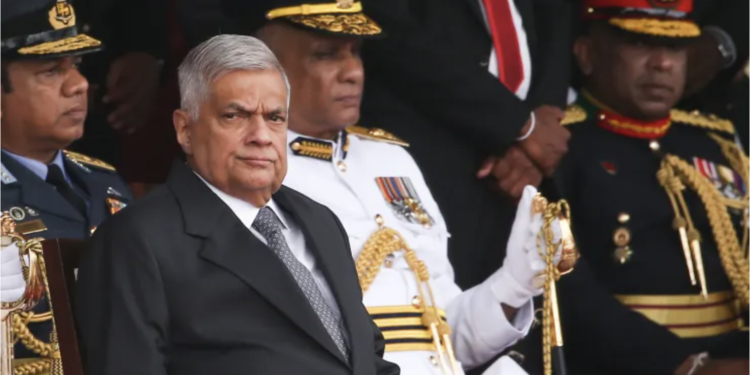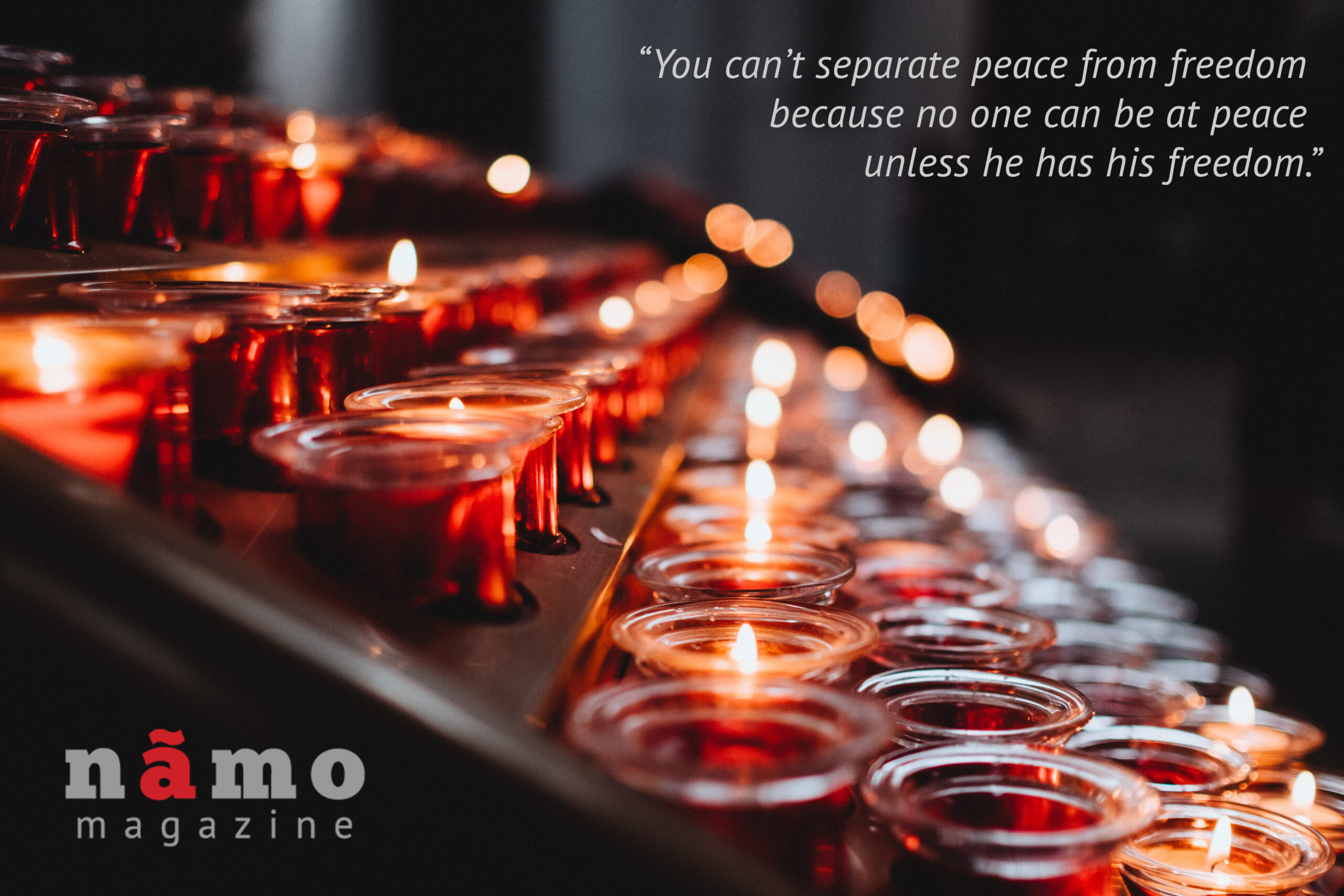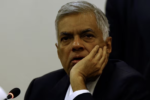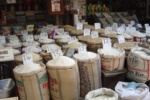Bankrupt Sri Lanka and a shameful Independence day

Many angry citizens are anxious and in no mood to celebrate.
Agnes is a payment hawker at Borella junction who sells seasonal goods. She doesn’t have a fixed product to sell but gets hold of saleable stuff to make ends meet at times. During independence day which falls on the 4th of February each year, she resorted to selling mini national flags to be displayed on the dashboards of vehicles. In previous years, it was brisk business as people used to buy flags almost as a tradition. This year, she laments that there was no business at all. The euphoria that usually comes during independence celebrations was entirely absent this year. In the bygone era before 2022, the shops, houses, and streets were decorated with national flags. This year, one could hardly see a national flag flying in places. Meanwhile, Thilakasiri, a three-wheeler driver from Thalawathugoda lambasted the government for the costly tamasha at a time of a serious economic crisis. He asked why the government can’t ease off the burden of people with the funds allocated for independence day celebrations. Apparently, people were not happy with the government’s attitude at this critical hour. Amidst protests, the government celebrated independence day with a parade with full military regalia in attendance. As the troops paraded the Galle Face Green, navy ships sailed on the seafront while the Air Force showcased its fleet of aircraft in the sky. The cost of the celebrations was said to be in the region of a staggering 200 Million Sri Lankan Rupees. Elsewhere in the city, silent protests were tear gassed and dispersed with force by the riot police. This interprets a metaphor of an independence fiasco of once a proud nation.
Utterances by the President
Despite heavy criticism mounting on the extravagant expenditure, President Ranil Wickramasinghe was quoted as saying ‘the world will think we, Sri Lankans are so insolvent not to host an independence day celebration even’. Many hilarious comments went viral on social media as to his comments. In fact, it is interesting to find out why the general public is so disappointed with the status quo. Therefore, 75 years of independence should be revisited to find the root cause. On 4th February 2023, Sri Lanka celebrated the 75th anniversary of its independence from the British empire. At the time of independence way back in 1948, Sri Lanka then Ceylon had a stronger economy. We gained independence after the devastating second world war 2. The countries which were active in the war faced a severe recession as a result. It engulfed the entire world. Sri Lanka was one of the very few countries that were not impacted by this global economic crisis. It was said that in Germany, people had to carry several sacks of money to buy a handful of essential commodities. It was a common factor in many countries in Europe. The male population was decimated. According to estimates, 100 million people perished due to the war out of the 4.5 billion populations that existed during the war period. Some countries have disintegrated. Even mighty Germany has been separated between emerging power blocs. The second World War which was considered the most devastating war ever took place in the world, fashioned the world with new socio-economic and political order.
Newborn Singapore emulating then Ceylon
Singapore was a part of Malaysia after the great war. Singapore was occupied by the Japanese imperial forces during the second world war. It was a poor colony full of shanties. When Malaysia disintegrated Singapore in 1965 allowing a new country to be born, Singapore’s first Prime Minister Lee Kwan Yew went on air and broke down in the middle of his address to the people of Singapore. Singapore literally didn’t have anything of worth in terms of resources. So, the Prime Minister, apparently impressed by the progress made by Ceylon, vowed to make Singapore a Ceylon. After 57 years of existence, Singapore not only surpassed Sri Lanka by leaps and bounds but became a fully-fledged first-world country in the last decade. So, people in Sri Lanka with an iota of intelligence would think what happened to Sri Lanka? Singapore has only one port. And our own Colombo port is among one of the best 30 ports in the world. Sri Lanka has natural resources in abundance. So, who is to blame for this fiasco? It is natural that people point an accusing finger at politicians. In a sense, people express different opinions on social media because it is a vibrant platform where one could comment rather freely. It can be taken as a good opinion portal though some interested parties artificially manipulate it for petty gains.
Lopsided Sri Lankan Political Culture
Sri Lanka has had its own political culture with intermittent changes since its independence. Sri Lanka then Ceylon had dominion-style independence from 1948 until 22nd May 1972. On 22nd May 1972, Sri Lanka became a republic adopting a new constitution. There have been two powerhouses in Sri Lankan politics with two main parties holding onto power to date. From the perspective of political parties, United National Party (UNP) and Sri Lanka Freedom Party (SLFP) held power from time to time, sometimes in alliance with other minor parties or out rightly. It is a known fact that UNP has been aligned with capitalism while SLFP is more driven by the dogma of faith in socialism to some extent. Sri Lankan politicians in the post-independence era are indeed shortsighted. They changed policies from one regime to another. The classic case is the Mahinda Rajapakse government from 2009 to 2015 made a blueprint for constructing an elevated metro train from Colombo to Malabe. The Maithripala Sirisena-Ranil Wickremasinghe government which came to power in 2015, shelved the plans and instead proposed a light train project. This regime secured a soft loan from Japan as well. When Gotabhaya Rajapakse came to the helm in 2020, he did away with this project irking the Japanese donor. This is just one example. If one digs into Sri Lanka’s political climate, it is not beyond comprehension that this has been a recurrent phenomenon. In the US, whomever the President comes to power, the policies remain steadfast. It is the same case with neighbouring India. This is one of the major setbacks in Sri Lankan political culture. So, the need of the hour is to formulate a clear-cut set of policies that cannot be changed or mended. But, the likelihood of happening this is very remote given the mindset of the local power-hungry politicians.







